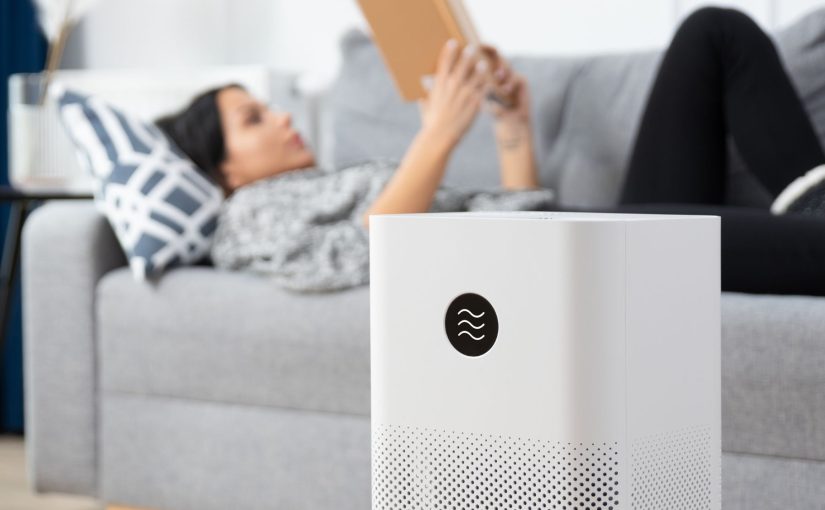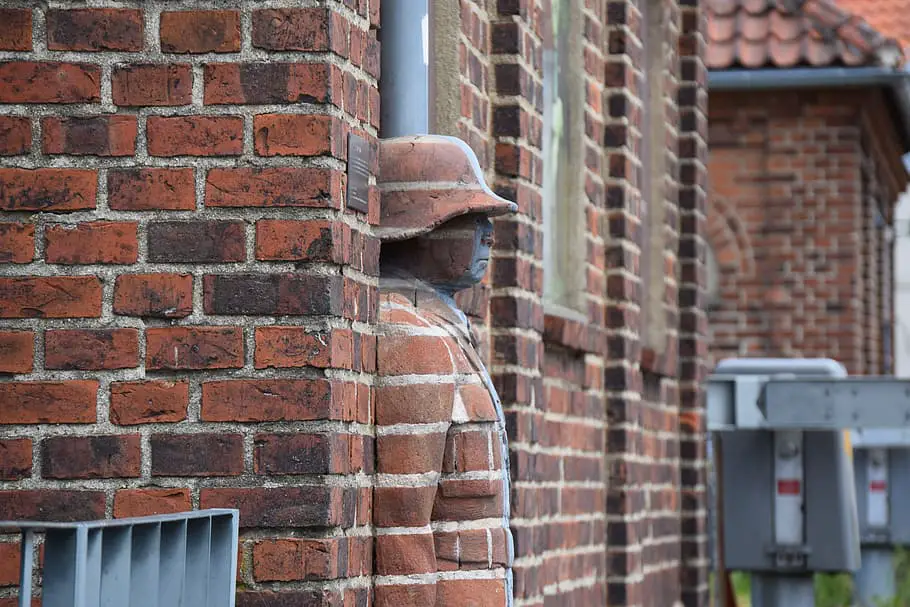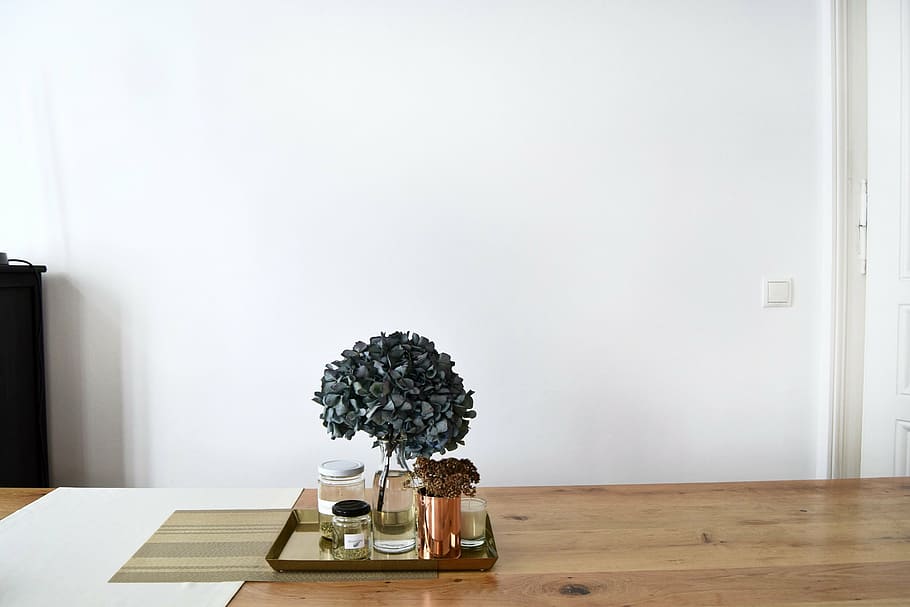Table of Contents
Where’s the Best Place Put an Air Purifier?
The placement of an air purifier within a room can significantly influence how efficiently it’s able to clean the air.
You want it positioned for optimal air flow and circulation so contaminants are properly filtered out.
In general, the best placement is up high, away from obstructions, and facing the center of the room.
But depending on your specific needs and room layout, the ideal spot may vary. Certain locations can also lead to drawbacks, so it’s key to think through all angles.
Air Purifier Placement Guide
| Room Type | Ideal Placement | Specific Tips |
|---|---|---|
| General | Up high, facing the room’s center | Consider height for maximum circulation, avoid obstructions |
| Bedroom | High up, 5 feet from the floor | Keep away from beds for less noise, target breathing zone |
| Living Room | Central location, away from TVs | Midpoint on wall for wide coverage, face towards seating area |
| Kitchen | Near the stove top, raised up | Avoid direct heat, keep away from sinks to protect filters |
| Baby’s Room | High on the wall, away from crib | Secure cords, point outlet away for quiet operation |
| Office | Near the workspace, not facing directly | Minimize noise for calls, keep away from computer vents |
| Basement | Central, near stairs, elevated | Prevent intake of musty air and radon, avoid walls for mildew |
Key Considerations
- Height: Up high for better circulation but consider ease of access for controls and filter changes.
- Noise: Position away from sleeping or quiet areas, utilize quiet modes if available.
- Pollution Source: Place close to localized pollutants but avoid direct contact with heat sources or water.
- Avoid: Windows, closets, corners, and HVAC vents to prevent interference with air flow.
 Air Purifier: Up High vs. Down Low
Air Purifier: Up High vs. Down Low
One of the biggest decisions is height – should you place the air purifier up high or down low? There are good reasons for both options.
Up High
Putting an air purifier up high, around 5-6 feet off the ground, is generally the recommended placement. Mounting it at upper wall height allows for maximum air circulation throughout the room. This enables the purified air to more easily reach all corners of the space.
Situating it high up also keeps the air intake away from floor-level contaminants and dust. Air near the ground tends to be more stagnant and laden with allergens that have settled out of circulation. An purifier positioned up top will breathe cleaner air to filter through its system.
Pros of High Placement:
- Enables air to circulate better across the room
- Prevents intake of floor-level particles
- Out of reach of pets and children
Cons of High Placement:
- Harder to access controls
- May require mounting hardware
- Strain to change filters
Down Low
While up high is ideal, some situations call for placing the purifier lower to the ground. This may be the better option for smaller rooms where airflow is less of a concern. A lower position also makes it easier to access the controls and change out filters when needed.
If you want the unit closer to a localized source of pollution like cooking smoke, pet areas, or a smoker in the house – a lower spot can help draw in and filter those ground-level contaminants before they spread.
Pros of Low Placement:
- Easier to access controls/filters
- Can better target ground-level pollutants
- More stable if not wall mounted
Cons of Low Placement:
- Reduced air circulation
- Intake of more dust and allergens
- Pet hair and child fingers more likely to block
Optimal Positioning by Room
Where you situate your air purifier will depend on the specific room it’s used in. Here are placement tips tailored for different rooms:
Bedroom
In bedrooms, aim to position the purifier high up, at least 5 feet from the floor. This allows it to better circulate air through the breathing zone of the bed. Having it draw in less dust and dander also helps if you have allergies.
If noise is an issue, locate it farther away from the bed on the opposite side of the room. Some models have a sleep/quiet mode to run at night.
Living Room
For living rooms and open concept areas, central placement works best so the whole space benefits. If mounted on a wall, a midpoint spot will allow purified air to reach seating across the room.
If you have a television, keep it a few feet to the side or overhead to prevent blocking the screen. And aim to face it toward the room, not the wall.
Kitchen
In kitchens, having it near the stove top helps immediately capture and filter out fumes and smoke from cooking. For best results, place it no more than 3 feet away raised up on the counter or mounted to the upper wall or ceiling.
Just don’t position it directly above the stove where heat and steam can damage the filters. And keep away from the sink in case of leaks/splashes.
Baby’s Room
The optimal spot for your baby’s room is high up on the wall at least 3 feet from their crib. This prevents any chance of them interacting with the buttons or vent and safely circulates air in their breathing zone.
For the quietest operation, point the outlet away from the crib. And always keep cords secured and out of baby’s reach.
Office
In a home office, position the purifier near your workspace to filter the air in your direct breathing area. Just be sure it’s not actively blowing into your face as that could dry out your eyes.
For conference calls, placing it a few feet behind you can help minimize noise. And keep it away from computers as the fans can suck in dust.
Basement
Musty basement air is no match for a properly positioned purifier. Place it centrally near the foot of the stairs to optimize circulation across the entire basement.
Raise it up on a platform or mount it high to prevent musty air and radon gas at floor level from being drawn in. Point any outward-facing vents away from walls to reduce mildew growth.
 Avoid These Bad Placement Spots
Avoid These Bad Placement Spots
While thinking through where to put your air purifier, also be aware of spots you’ll want to avoid. These placements can limit effectiveness:
- Near a Window – Open windows can draw in outside pollution before the purifier filters the air.
- Inside Closets or Cupboards – Obstructed spaces prevent circulation throughout the room.
- Corner of the Room – Away from the central air flow and high traffic areas.
- Face-Level Height – Blowing purified air right into your face is uncomfortable.
- Behind Furniture – Blocked intake and outlet vents reduce performance.
- Near HVAC Vents – Can disrupt centralized airflow from furnaces/AC units.
FAQs on Air Purifier Placement
Should an air purifier be close to a window?
It’s better not to place an air purifier close to an open window as this may draw in additional outdoor allergens and pollution before the unit has a chance to filter the air. Keep it a few feet away.
Where should I put an air purifier in a small room?
In a smaller room, you can position it in the center against one of the walls as opposed to mounting it high up. This will allow it to better reach all corners of the space.
Can I put an air purifier on the floor?
It’s better not to place it directly on the floor, as this can kick up more dust, pet dander, etc. Raise it up on a platform or table at least a foot off the floor for cleaner air intake.
How close should an air purifier be to the source of pollution?
If trying to filter smoke, chemical fumes, or other localized pollution sources, place the purifier within 3 feet when possible so it can immediately capture those contaminants.
Should I put an air purifier near my AC vent?
It’s best not to position it right next to HVAC vents as this can interfere with the centralized airflow. Keep it a few feet away so air can circulate properly.
Where should I place an air purifier in an open concept home?
For an open concept room, central placement in the open living space is ideal so it can reach all surrounding areas. Elevated wall mounting works well to take advantage of air circulation.
How can I reduce noise from my air purifier at night?
Look for models with a sleep/quiet mode and aim the vent away from beds. Placing it on the opposite side of the room from beds can also reduce noise disturbances.
How do I know if my air purifier is in a good spot?
You’ll get the most efficient air filtration when able to feel a gentle airflow across the room. Visually check that vents aren’t blocked by objects. And monitor noise/light levels based on room activities.
Where should I place an air purifier in an elderly person’s room?
For an elderly person’s room, an upper wall-mounted location about 5 feet high is ideal to circulate clean air without creating a draft. Position it away from beds for noise reduction and near seating areas.
Can air purifiers be mounted on the ceiling?
Most air purifiers are designed to sit on the floor or mount to walls, but some models can attach to ceilings. Ensure it’s rated for this and check for any special mounting brackets needed.
Key Takeaways on Placement
Optimizing your air purifier’s position takes a bit of thought, but can really maximize its cleaning capabilities. Keep these tips in mind when finding the ideal spot:
- Up high positioning around 5-6 feet enables best circulation.
- Central locations allow reaching the entire room.
- Keep away from windows, corners, vents and other dead zones.
- Face the outlet toward the room’s center.
- Adjust placement if too noisy for sleeping areas.
- Target ground-level contaminants when needed.
- Consider room size and layout limitations.
Take a moment to think through the options and experiment to find the best arrangement for your space. With smart placement and consistent use, your air purifier will keep your indoor air fresh and clean.


 Avoid These Bad Placement Spots
Avoid These Bad Placement Spots




